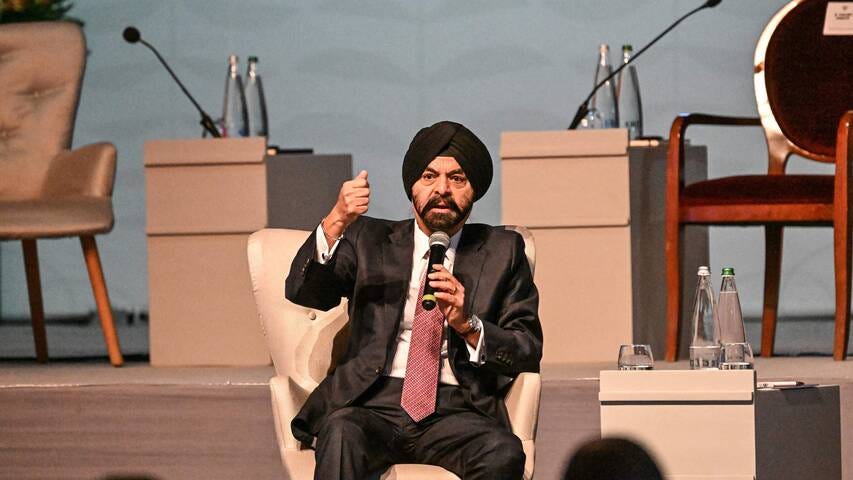The level of aid to the poorest countries has never been as low since the beginning of the century
The World Bank reports that aid to the 26 poorest countries is at a record low, with some experiencing a 14% drop in GDP per capita due to the pandemic, climate change, and conflict.
The 26 poorest countries in the world, home to 40% of the global population living below the poverty line, are facing the lowest level of international aid seen since the start of the century, even as their socio-economic situation continues to deteriorate, the World Bank (WB) has warned.
In a report published on Sunday, the financial institution expressed concern that efforts to combat extreme poverty in these countries, already grappling with record debt levels since 2006, are faltering. This decline is being exacerbated by the increasingly severe impacts of climate change, political instability, insecurity, and conflict, all while the need for support is greater than ever.
The devastating blow of the pandemic
Among these nations, the poorest have been hit particularly hard by the pandemic, with per capita GDP shrinking by up to 14% between 2020 and 2024. Meanwhile, these countries would need to invest the equivalent of 8% of their GDP annually to meet their development goals, the Bank highlighted.
“These economies require significantly more external assistance, either directly or indirectly through the IDA (International Development Association, the World Bank’s branch responsible for lending and grants to the poorest countries),” stressed Ayhan Kose, the World Bank’s deputy chief economist, as quoted in the statement.
Yet, for these nations, the IDA has become the primary source of foreign funding, as other aid, particularly bilateral assistance, has dropped significantly. In 2022, the latest year for which data is available, aid reached its lowest level in 21 years.
“If these countries are to emerge from a chronic state of emergency and achieve key development objectives, they will need to accelerate their investments to an unprecedented level, which they cannot achieve on their own,” warned the World Bank’s chief economist, Indermit Gill.
Major structural issues
Nevertheless, the Bank emphasized that poor countries can act on several fronts, such as broadening their tax base to strengthen fiscal revenues and improving public spending efficiency.
However, the effort required to achieve this is substantial, the WB acknowledged, especially as these nations face major structural challenges, compounded by instability or conflict that can result in the loss of direct control over parts of their territories.
At the same time, their debt has surged, and the portion of their budgets dedicated to debt repayment has increased as well, driven not only by rising debt levels but also by higher interest rates, as most of their debt is issued in foreign currencies like the dollar or euro. The 26 countries in question face an average debt-to-GDP ratio of 72%, up by nine percentage points in 2023, with more than 10% of their fiscal revenues now allocated to interest payments on their debt.




